Shasta River Juvenile Coho Habitat & Migration Study
Title: Shasta River Juvenile Coho Habitat & Migration Study
Category: Technical Report
File: Chesney-et-al_2009_0155_Shasta-River-Juvenile-Coho-Habitat.pdf
Updated Date: 19.01.2017
Author(s)/Source(s): William R. Chesney, Christopher C. Adams, Whitney B. Crombie, Heather D. Langendorf, Steven A. Stenhouse and Kristen M. Kirkby
Publication Date: 2009
Focal Topic: Salmon
Location: Shasta River
Watershed Code: 18010209
Initial surveys of the upper Shasta River between river miles (RMs) 33.72 and 31.98 in April of 2008 determined that 0+ juvenile coho salmon (Oncorhynchus kisutch) were rearing throughout the area surveyed. Age 0+ coho salmon were captured at RM 32 and tagged with passive integrated transponder (PIT) tags in order to study migration behavior and estimate the probability of survival. A rapid increase in the maximum daily water temperatures from 21.4 degrees C in late April to over 24.2 degrees C during four consecutive days in May displaced juvenile coho from three of the four study sites between RMs 32.9 and 33.6. Some of the PIT tagged juvenile coho responded to the increase in water temperature by migrating over 4 miles upstream to areas of cold spring inflow. All observed over-summer rearing habitat utilized by coho was associated with cold springs.
Throughout the summer of 2008, coho reared successfully at three study sites on the Shasta River mainstem between RMs 36 and 36.8, where the weekly maximum temperatures ranged from 20.57 to 22.47° C. Juvenile coho were also observed rearing during the summer in Kettle Springs Creek at the outfall of Kettle Springs, in Big Springs Creek at the outfall of Big Springs Lake and at a small coldwater seep on the mainstem Shasta River at RM 33.3. Summer rearing habitat downstream of the cold spring at RM 37 on the Shasta River was impacted by water use practices including the release of warm stored water from an upstream
reservoir, diversion of spring water, and warm tailwater returning to the stream. We used a Cormack-Jolly-Seber live-recapture model (Schwarz and Seber 1999) in program MARK (White and Burnham 1999) to obtain maximum likelihood estimates of apparent survival (Φi) and recapture probability (pi) over three river segments for coho smolts emigrating from rearing habitats on the Hole in the Ground (HIG) Ranch in the spring of 2009 (3/15/09 to 5/30/09).
coho, Shasta River
